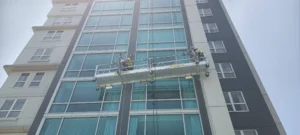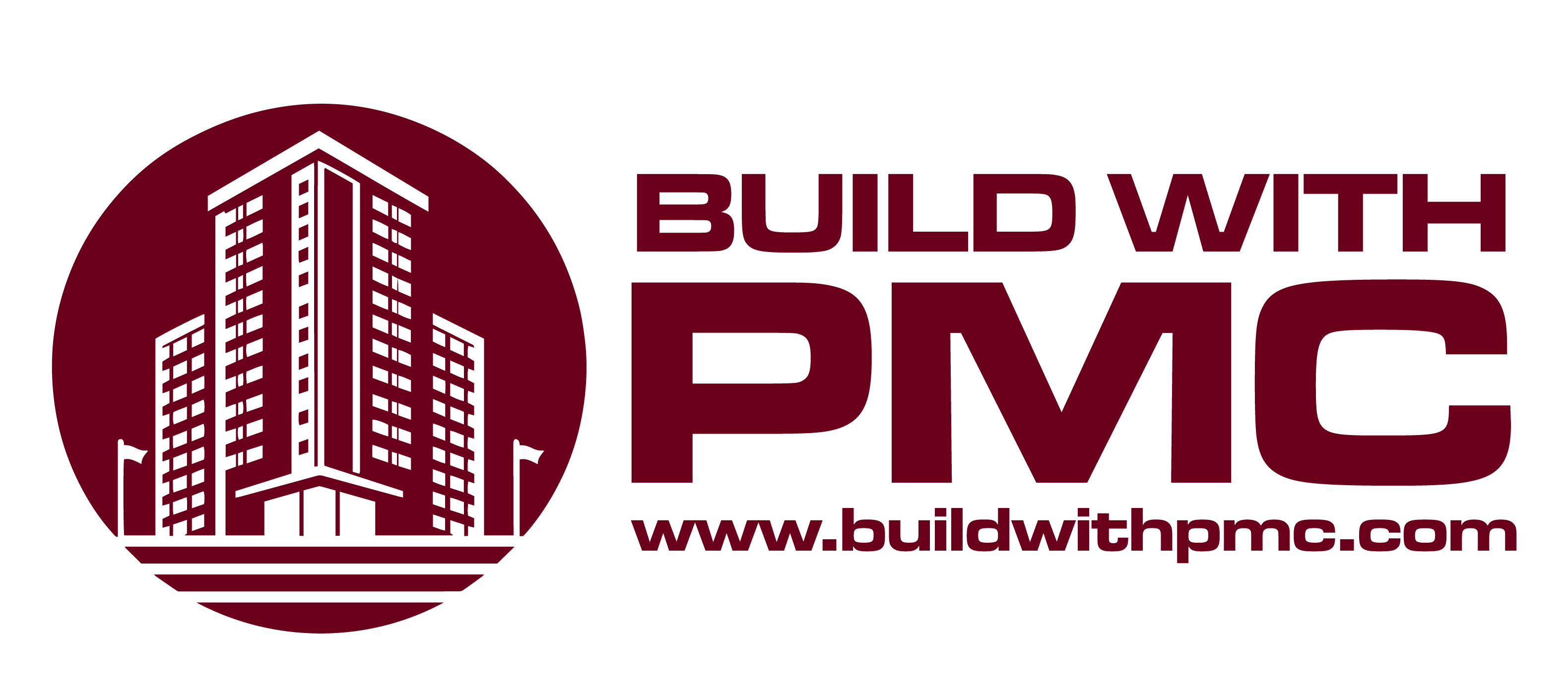Tenant improvements (TIs) are an integral part of the real estate landscape, especially in dynamic regions like Southern California. With its diverse mix of industries and ever-evolving business landscape, the demand for customized commercial spaces is on the rise. In this article, we delve into the artistry behind tenant improvements, exploring how these transformations play a pivotal role in shaping the SoCal real estate market.
Understanding Tenant Improvements
Tenant improvements encompass alterations made to commercial properties to accommodate the specific needs of tenants. From office spaces and retail outlets to industrial facilities, these enhancements can range from minor modifications to full-scale renovations. In Southern California, where innovation thrives and industries flourish, TIs serve as catalysts for creating functional, aesthetically pleasing environments that foster productivity and growth.

Tailoring Spaces to Fit
One of the key aspects of tenant improvements is customization. In a region as diverse as Southern California, businesses have unique requirements that demand tailored solutions. Whether it’s optimizing layout for workflow efficiency, integrating advanced technologies, or enhancing branding elements, TIs enable property owners to cater to the precise needs of their tenants. This flexibility not only enhances tenant satisfaction but also boosts property value and marketability.
But tailoring spaces to fit isn’t just about meeting the present needs of tenants; it’s also about anticipating future growth and adaptability. In a region as dynamic as Southern California, where industries evolve rapidly and market trends shift unpredictably, flexibility is key. Tenant improvements that embrace modular design principles, scalable infrastructure, and agile layouts empower businesses to scale up or down as needed without the hassle of major renovations or disruptions.
Moreover, tailoring spaces to fit extends beyond the physical realm; it’s also about creating environments that foster a sense of community and well-being. In an era where the line between work and life is increasingly blurred, tenants are seeking spaces that prioritize employee wellness, sustainability, and social responsibility. Tenant improvements that integrate biophilic design elements, eco-friendly materials, and amenities such as wellness rooms, outdoor green spaces, and community gathering areas not only enhance the quality of life for occupants but also contribute to a more sustainable and resilient built environment.
Navigating Regulations and Compliance
The regulatory landscape surrounding tenant improvements can be complex, particularly in California with its stringent building codes and environmental regulations. Navigating these requirements demands expertise and meticulous planning. From securing permits to ensuring ADA compliance and sustainability standards, experienced professionals adeptly navigate the regulatory maze, ensuring seamless execution of tenant improvement projects while mitigating risks.
Building Codes and Permits
Local municipalities in Southern California enforce strict building codes to ensure the safety and structural integrity of commercial properties. These codes dictate everything from structural requirements and fire safety measures to accessibility standards for people with disabilities. Securing the necessary permits is a crucial step in the tenant improvement process, requiring meticulous attention to detail and compliance with all relevant regulations.
ADA Compliance
The Americans with Disabilities Act (ADA) sets forth guidelines for making commercial properties accessible to individuals with disabilities. Compliance with ADA standards is non-negotiable in tenant improvements, encompassing elements such as wheelchair ramps, door widths, restroom facilities, and signage. Failure to meet ADA requirements can result in costly fines and legal liabilities, making it imperative for property owners and tenants to prioritize accessibility in their improvement projects.
Environmental Regulations
California is known for its stringent environmental regulations, particularly in areas such as energy efficiency, water conservation, and waste management. Tenant improvement projects must comply with state and local environmental laws, including requirements related to indoor air quality, hazardous materials handling, and sustainability standards. Incorporating green building practices and eco-friendly materials not only ensures compliance but also aligns with the region’s commitment to environmental stewardship.
Historic Preservation and Cultural Heritage
In Southern California, where historical landmarks and cultural heritage sites abound, tenant improvement projects may be subject to additional regulations aimed at preserving the region’s rich architectural legacy. Properties located in designated historic districts or containing historically significant features may require special permits and approvals before any alterations can be made. Balancing the need for modernization with respect for historical integrity is essential in such cases, requiring careful consideration and collaboration with preservation authorities.
Occupancy and Land Use Regulations
Tenant improvements must also comply with zoning ordinances and land use regulations governing permissible uses of commercial properties. Restrictions on occupancy levels, parking requirements, signage placement, and noise abatement measures may impact the design and scope of improvement projects. Understanding and navigating these regulations are essential to avoid potential conflicts and ensure that improvements align with the intended use of the property.
Embracing Innovation and Sustainability
Innovation is at the heart of tenant improvements in Southern California. From adopting cutting-edge design trends to incorporating sustainable practices, property owners and tenants alike are embracing innovative solutions that enhance both functionality and environmental responsibility. Green building practices, energy-efficient systems, and smart technologies are becoming increasingly prevalent, reflecting the region’s commitment to sustainability and forward-thinking design.
Collaboration and Communication
Successful tenant improvements are a collaborative effort involving various stakeholders, including property owners, tenants, architects, engineers, contractors, and project managers. Effective communication and collaboration among these parties are paramount to ensuring that the vision for the space aligns with practical considerations and budget constraints. Clear channels of communication foster transparency, minimize delays, and facilitate timely decision-making, ultimately driving project success.
Stakeholder Alignment
At the onset of a tenant improvement project, it’s crucial to ensure alignment among all stakeholders regarding project objectives, timelines, and budgetary constraints. This alignment sets the stage for a cohesive partnership and lays the foundation for effective communication throughout the project lifecycle.
Clear Communication Channels
Establishing clear lines of communication is paramount to keep all parties informed and engaged. Regular project meetings, email updates, and collaborative project management platforms facilitate real-time communication, ensuring that everyone remains on the same page and any issues are addressed promptly.
Transparency and Accountability
Transparency breeds trust and accountability among stakeholders. By maintaining open dialogue and sharing pertinent project information, such as budget updates, design revisions, and construction progress, transparency fosters a sense of ownership and responsibility, driving collective commitment to project success.
Expertise Integration
Tenant improvement projects often involve multidisciplinary teams comprising architects, engineers, contractors, and interior designers, among others. Integrating their expertise early in the planning phase enables synergies and ensures that diverse perspectives are considered, leading to innovative solutions and optimized outcomes.
Problem-Solving Approach
Despite meticulous planning, challenges may arise during the course of a TI project. Effective collaboration enables stakeholders to approach these challenges with a problem-solving mindset. By fostering an environment where ideas are freely exchanged, obstacles can be overcome collaboratively, leading to creative solutions and minimized disruptions.
Future Trends and Outlook
As Southern California continues to evolve, so too will the landscape of tenant improvements. From the rise of flexible workspaces and adaptive reuse projects to the integration of augmented reality and IoT technologies, the future holds exciting possibilities for transforming commercial properties. By staying attuned to emerging trends and leveraging innovative solutions, stakeholders can unlock new opportunities for creating dynamic, adaptable spaces that meet the evolving needs of businesses and communities alike.
Conclusion
The process of tenant improvements embodies a remarkable fusion of creativity, functionality, and practicality. From revitalizing outdated spaces to customizing environments tailored to specific needs, these transformations represent the artistry and innovation within the realm of property development. With each project, PMC INC endeavors to exceed expectations, ensuring that every enhancement not only enhances the aesthetics but also elevates the overall experience for tenants and visitors alike.
For inquiries or further information about our tenant improvement services in Southern California, please don’t hesitate to contact PMC INC at 562-905-3101. Our team is dedicated to bringing your vision to life, seamlessly merging design excellence with unparalleled craftsmanship. Let’s collaborate to transform your property into a space that inspires and captivates.




